Post by Bonobo on Nov 1, 2017 0:48:31 GMT 1
www.ushmm.org/learn/timeline-of-events/1942-1945/liquidation-of-the-krakow-ghetto
www.yadvashem.org/yv/en/exhibitions/warsaw_ghetto_testimonies/liquidation.asp
teatrnn.pl/lexicon/articles/operation-reinhard-in-lublin-the-liquidation-of-ghetto/
www.jewishvirtuallibrary.org/liquidation-of-bialystok-ghetto
and many more all over Poland
Nearly complete genocidal destruction of the Polish Jewish community took place during the German and Soviet occupation of Poland and the ensuing Holocaust. The World War II ghetto-system had been imposed by Nazi Germany roughly between October 1939 and July 1942 in order to confine Poland's Jewish population of 3.5 million for the purpose of persecution, terror, and exploitation.[25] The Warsaw Ghetto was the largest ghetto in all of Nazi occupied Europe, with over 400,000 Jews crammed into an area of 1.3 square miles (3.4 km2), or 7.2 persons per room.[26] The Łódź Ghetto (set up in the city of Łódź, renamed Litzmannstadt, in the territories of Poland annexed by Nazi Germany) was the second largest, holding about 160,000 inmates.[27] Over three million Polish Jews perished in World War II, resulting in the destruction of an entire civilization.[28][29]
The Warsaw ghetto contained more Jews than all of France; the Lodz ghetto more Jews than all of the Netherlands. More Jews lived in the city of Cracow than in all of Italy, and virtually any medium-sized town in Poland had a larger Jewish population than all of Scandinavia. All of southeast Europe – Hungary, Romania, Bulgaria, Yugoslavia, and Greece – had fewer Jews than the original four districts of the General Government. — Christopher Browning [30]
A more complete list of over 260 ghettos with approximate number of prisoners, date of creation and liquidation, as well as known deportation route to death camps, is available at Jewish ghettos in German-occupied Poland.
Holocaust in occupied Poland: the map
Starting in 1939, Adolf Eichmann, a German Nazi and SS-Obersturmbannführer who was head of the Final Solution program, began to systematically move Polish Jews away from their homes and into designated areas of large Polish cities. The first large ghetto of World War II at Piotrków Trybunalski was established on October 8, 1939,[31] followed by the Łódź Ghetto in April 1940, the Warsaw Ghetto in October 1940, and many other ghettos established throughout 1940 and 1941. The Ghettos were walled off, and any Jew found leaving them was shot.[32]
The situation in the ghettos was usually brutal. In Warsaw, 30% of the population were forced to live in 2.4% of the city's area. In the ghetto of Odrzywol, 700 people lived in an area previously occupied by 5 families, between 12 and 30 to each small room. The Jews were not allowed out of the ghetto, so they had to rely on replenishments supplied by the Nazis: in Warsaw this was 181 calories per Jew, compared to 669 calories per non-Jewish Pole and 2,613 calories per German. With crowded living conditions, starvation diets, and little sanitation (in the Łódź Ghetto 95% of apartments had no sanitation, piped water or sewers) hundreds of thousands of Jews died of disease and starvation.
The liquidation of WWII ghettos across Poland was closely connected with the formation of highly secretive killing centers built by various German companies including I.A. Topf and Sons of Erfurt, and C.H. Kori GmbH.[33][34][35] 254,000–300,000 Jews were deported from the Warsaw Ghetto alone to Treblinka extermination camp over the course of 52 days during Grossaktion Warsaw (1942). In some of the ghettos the local resistance organizations launched the ghetto uprisings; none were successful, and the Jewish populations of the ghettos were almost entirely killed.[36] Jews from Eastern Poland (areas now in Lithuania, Belarus, Ukraine) were killed using guns rather than in gas chambers, see Ponary massacre, Janowska concentration camp.
en.wikipedia.org/wiki/Jewish_ghettos_in_Europe#Poland
There were about Jewish 250 ghettos in occupied Poland.
en.wikipedia.org/wiki/Jewish_ghettos_in_German-occupied_Poland

Anniversary celebrations take place in most towns and cities which had ghettos. They are attended by local authorities, clergy, residents and guests.
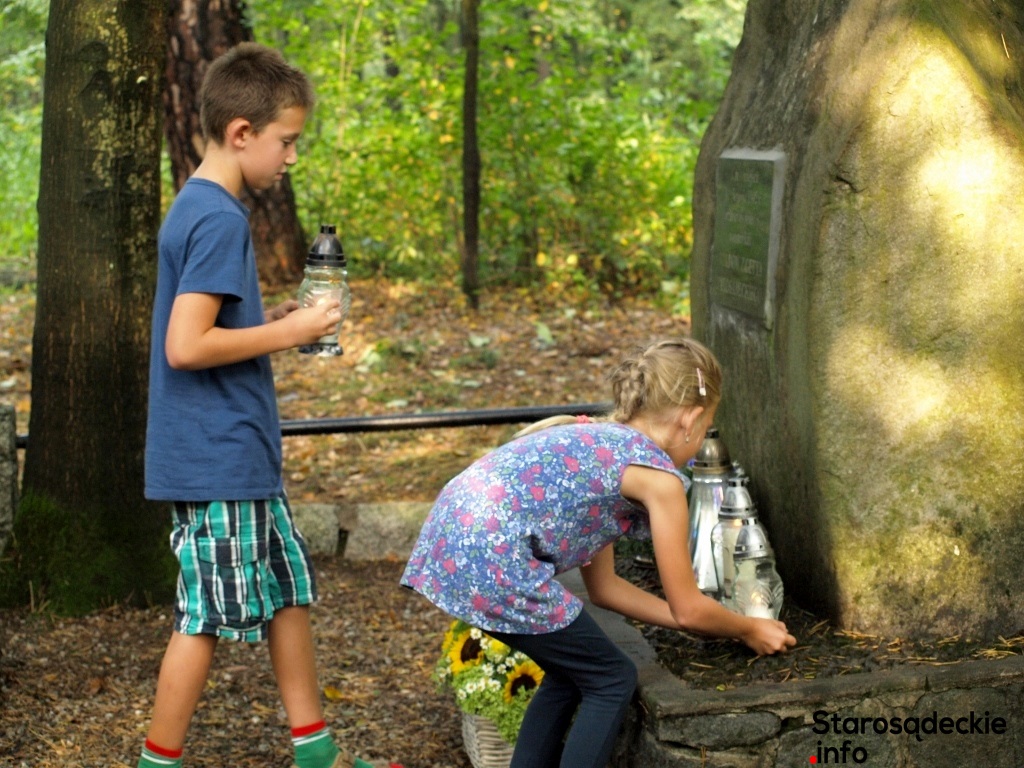








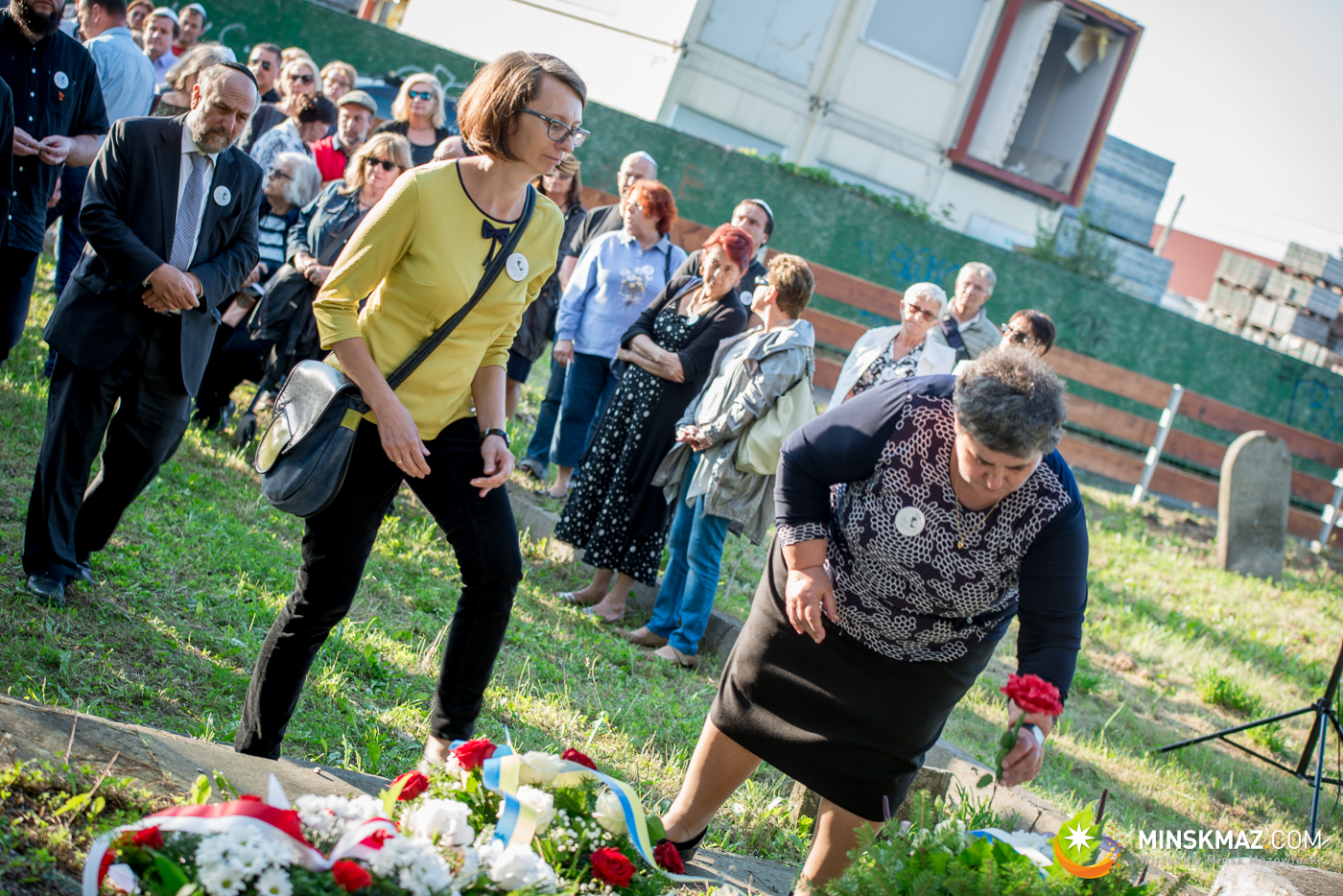
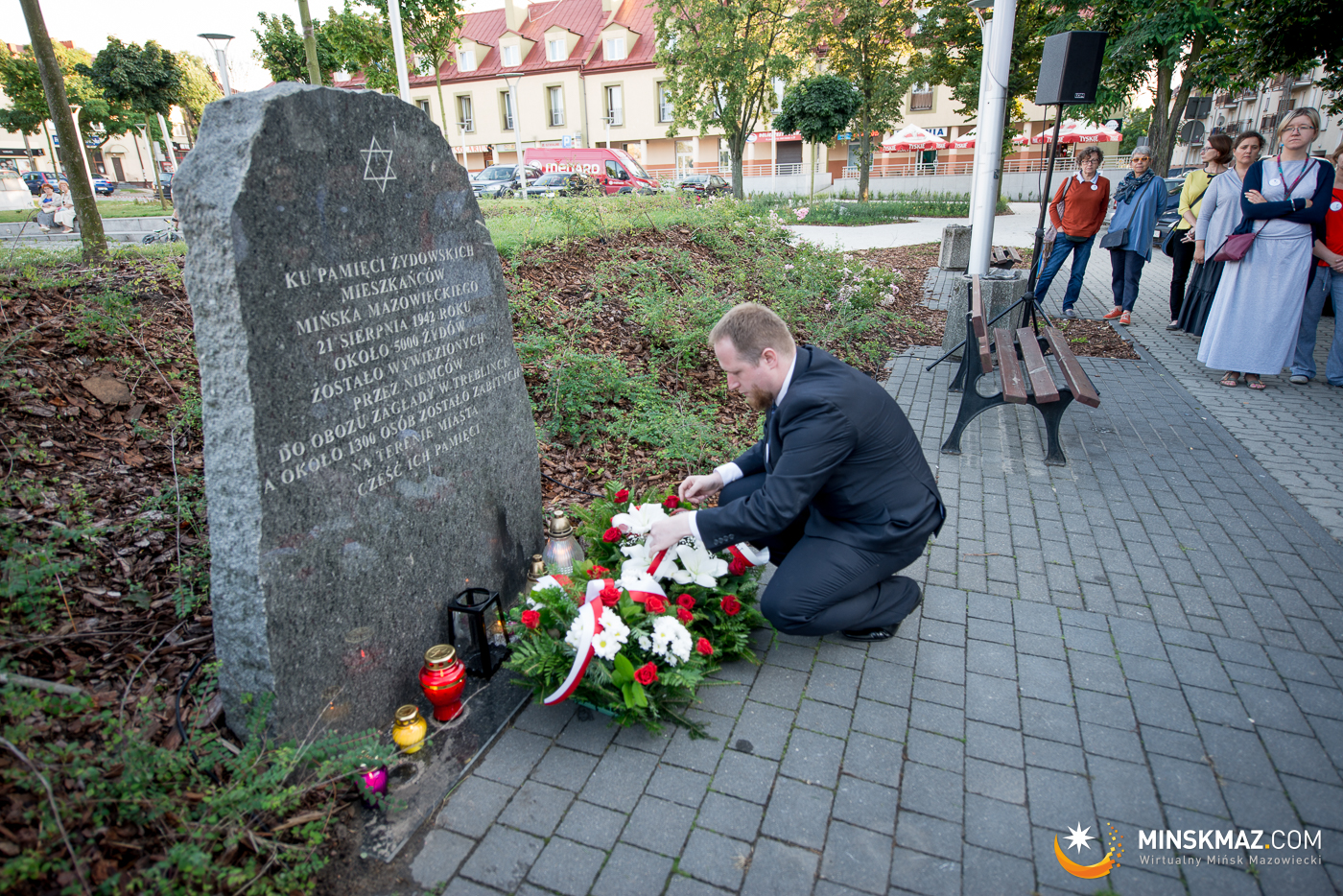









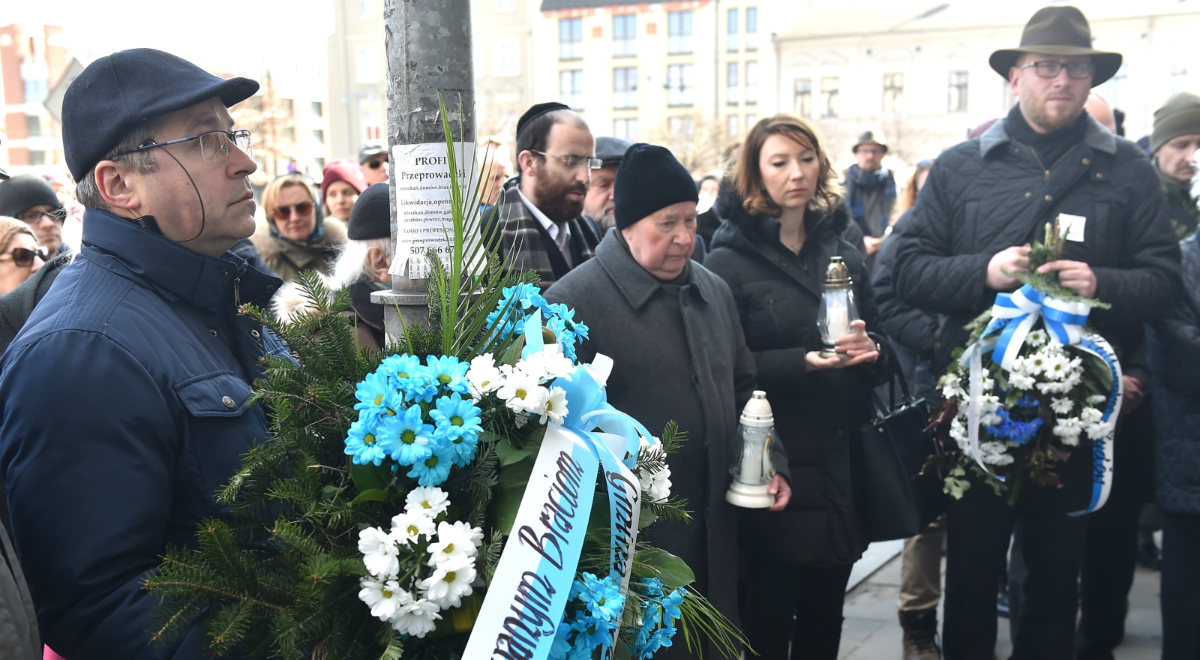
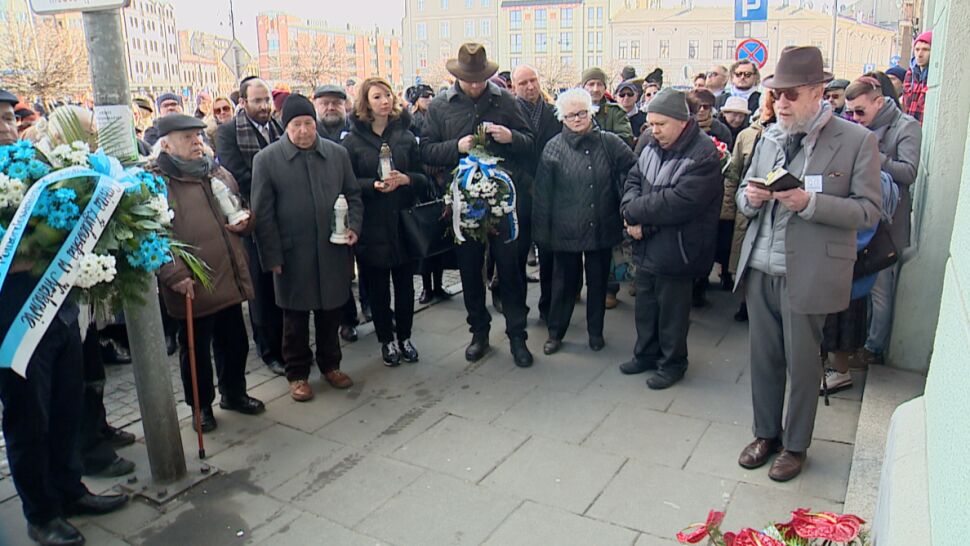
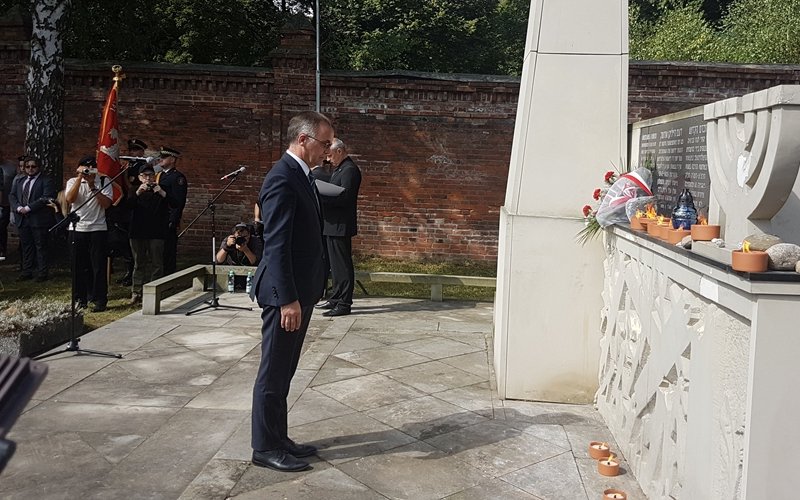
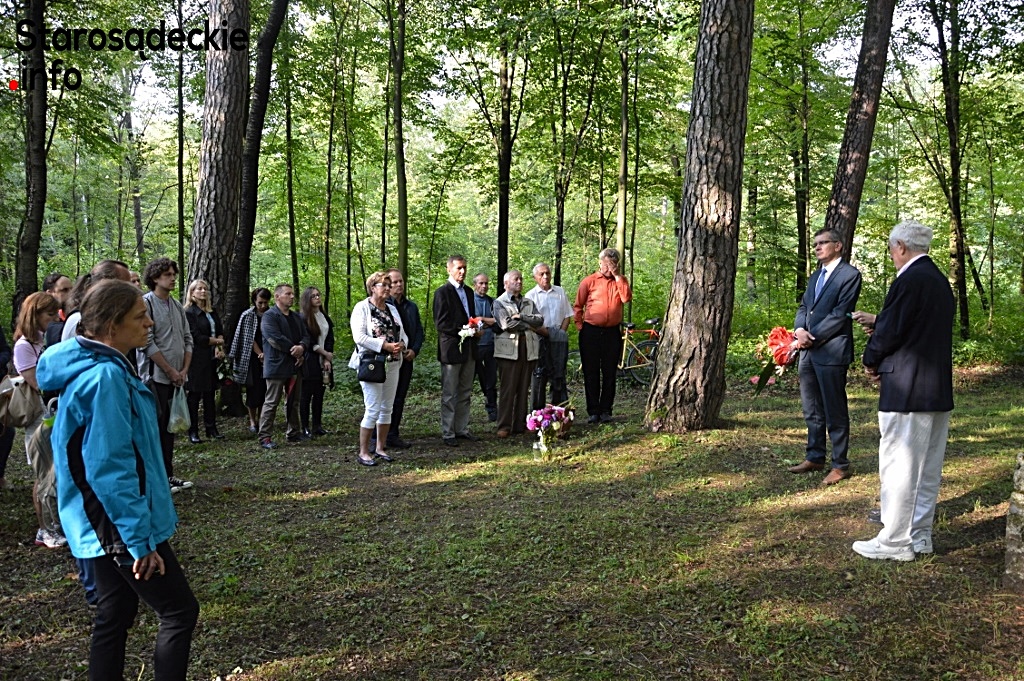
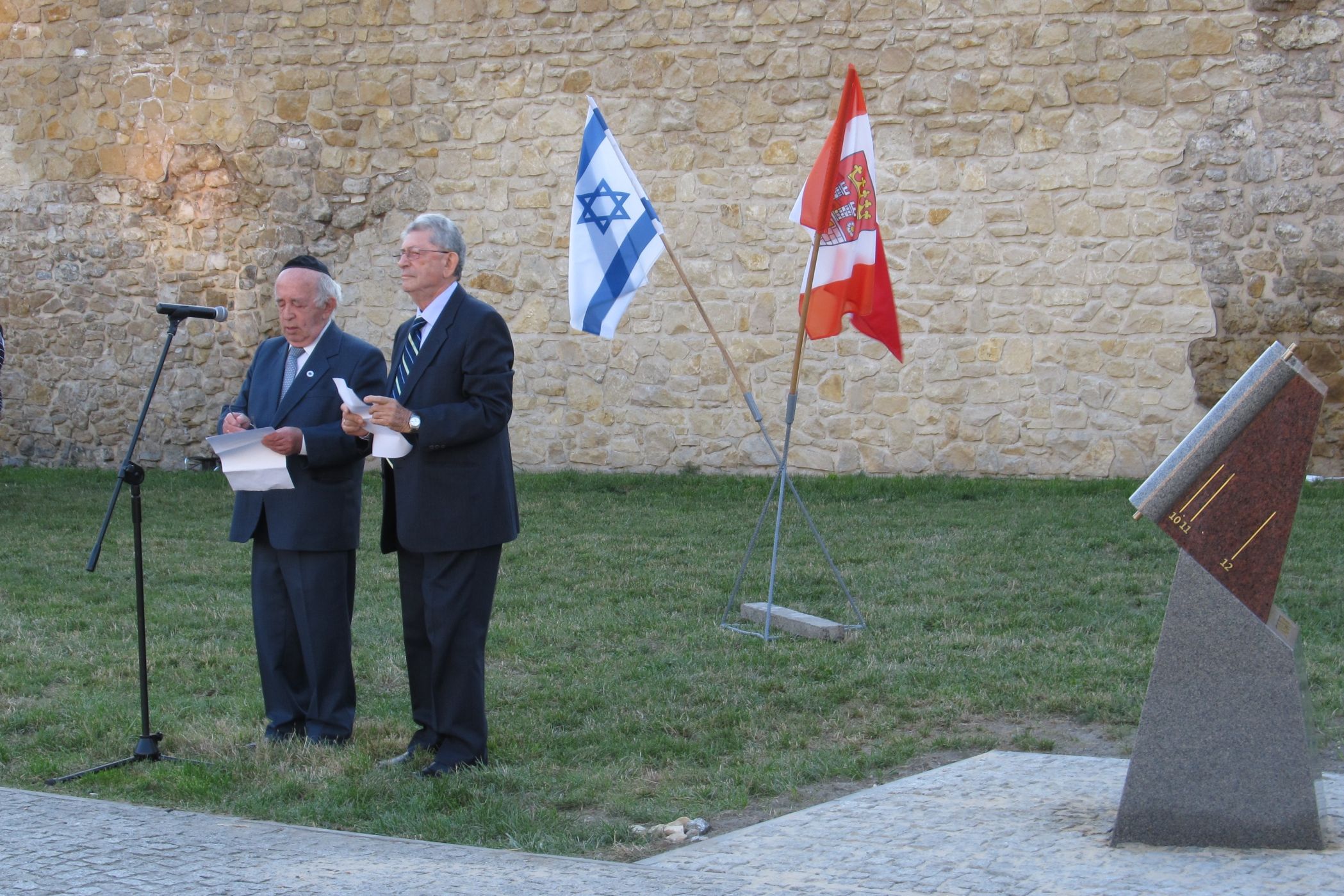
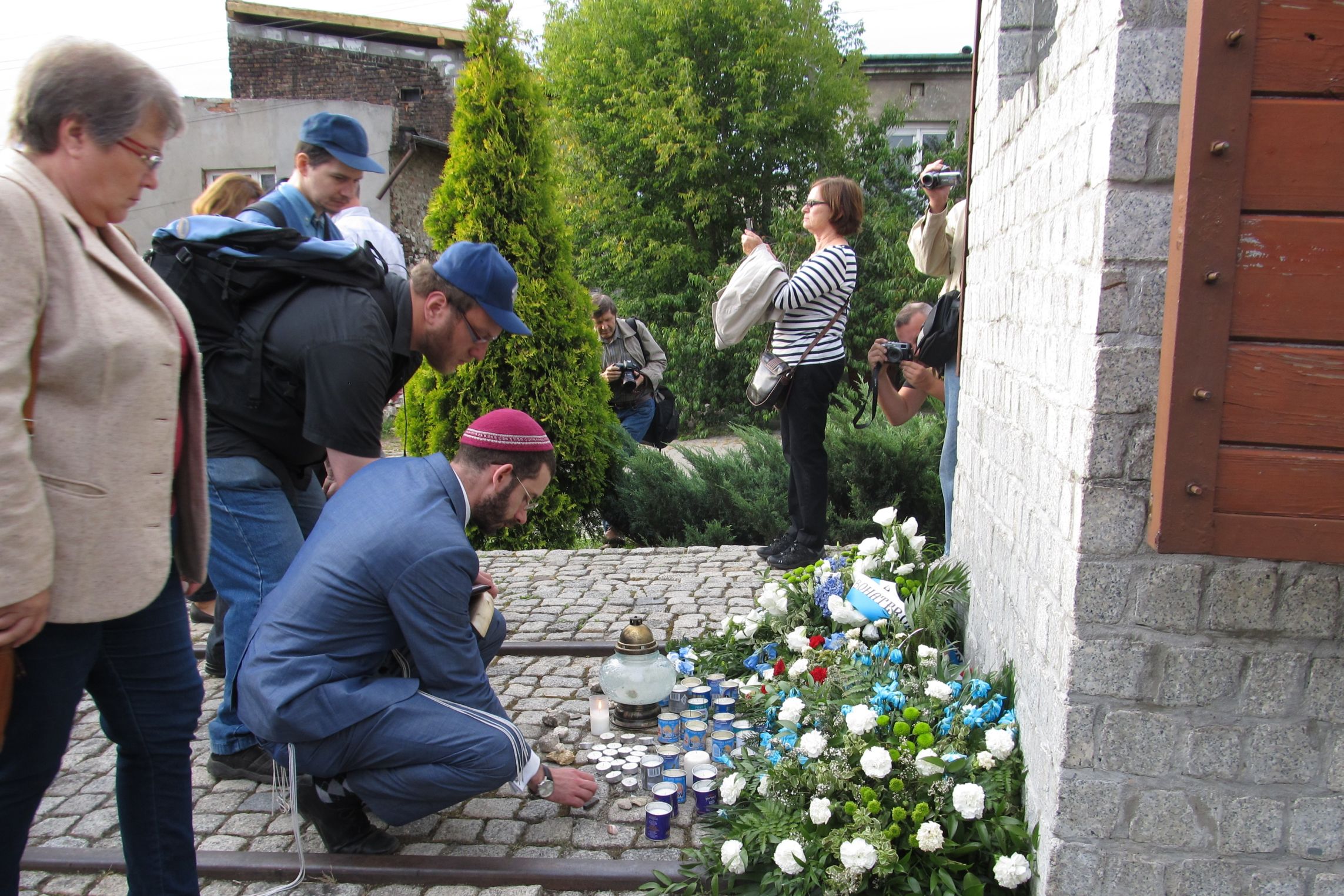

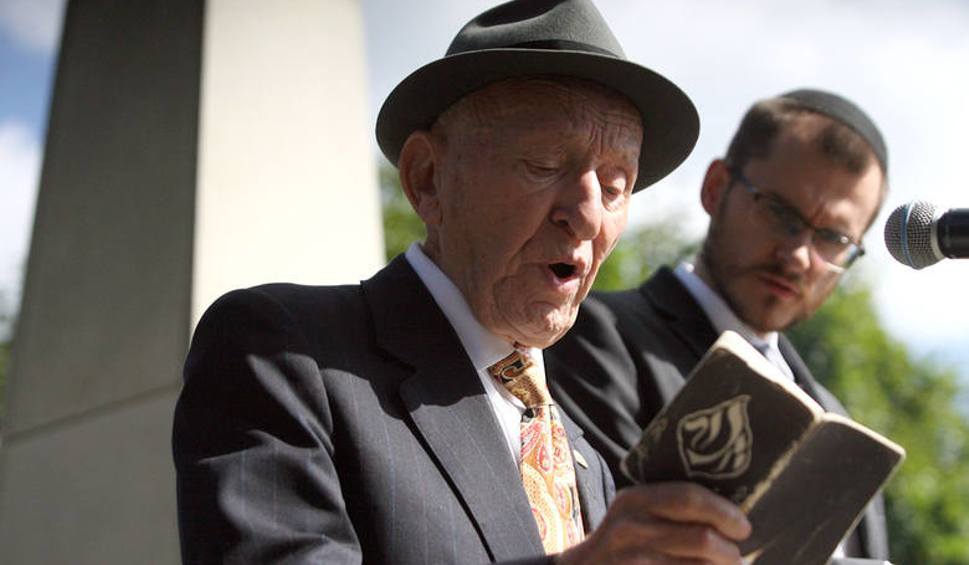







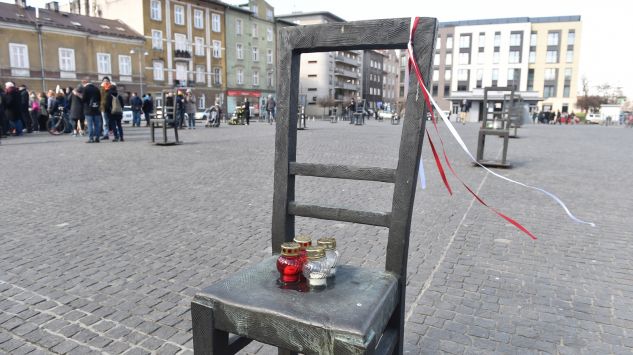



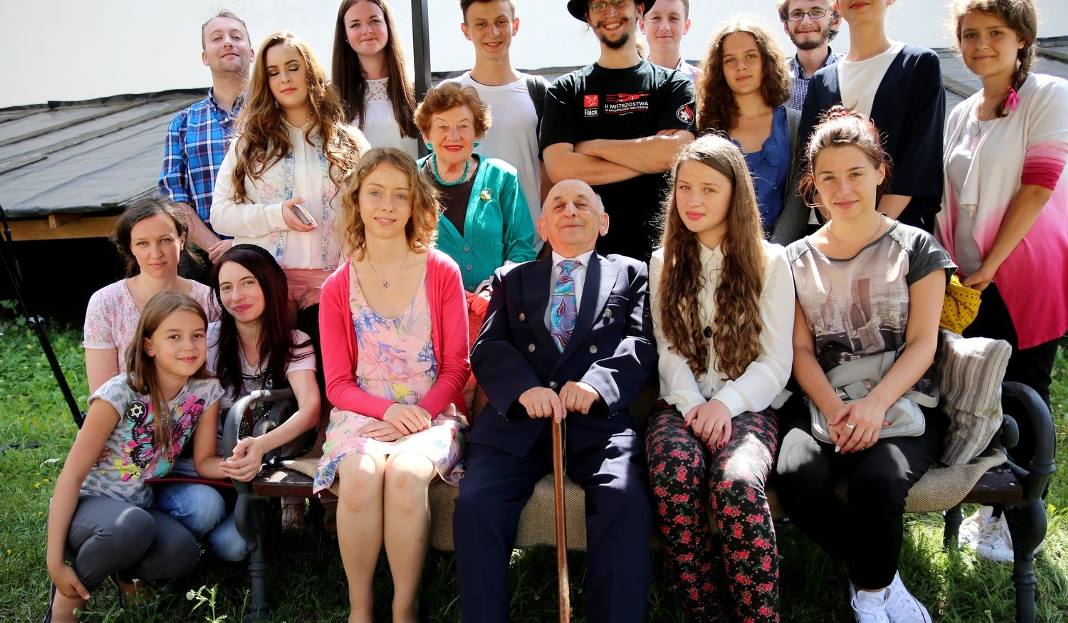


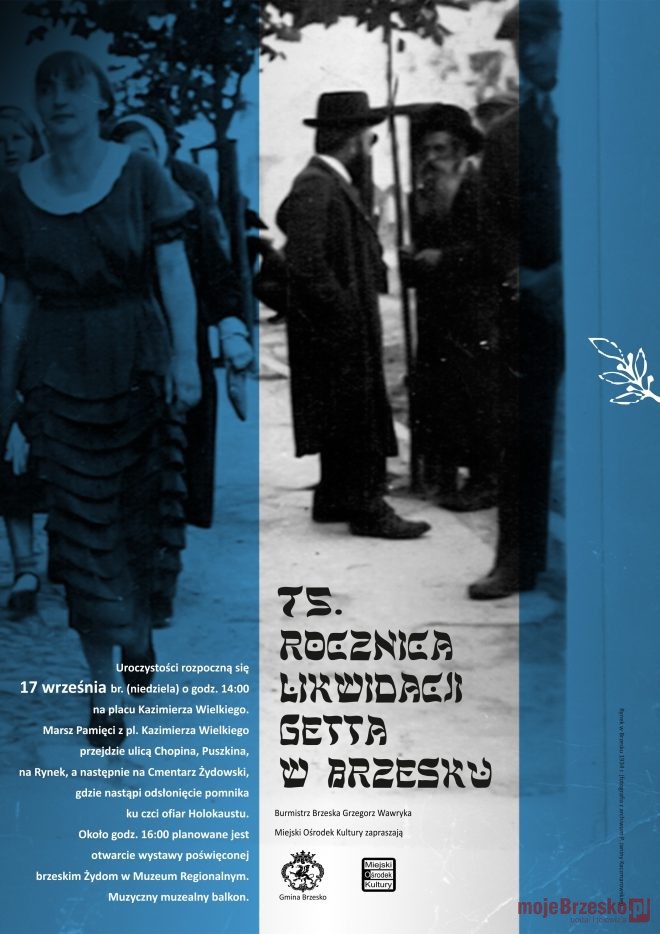




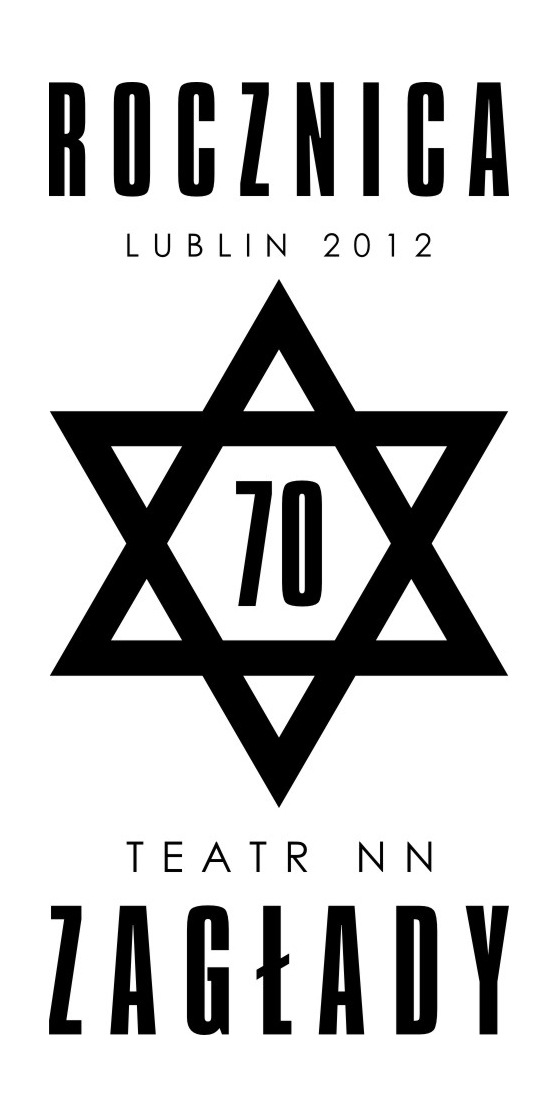



www.yadvashem.org/yv/en/exhibitions/warsaw_ghetto_testimonies/liquidation.asp
teatrnn.pl/lexicon/articles/operation-reinhard-in-lublin-the-liquidation-of-ghetto/
www.jewishvirtuallibrary.org/liquidation-of-bialystok-ghetto
and many more all over Poland
Nearly complete genocidal destruction of the Polish Jewish community took place during the German and Soviet occupation of Poland and the ensuing Holocaust. The World War II ghetto-system had been imposed by Nazi Germany roughly between October 1939 and July 1942 in order to confine Poland's Jewish population of 3.5 million for the purpose of persecution, terror, and exploitation.[25] The Warsaw Ghetto was the largest ghetto in all of Nazi occupied Europe, with over 400,000 Jews crammed into an area of 1.3 square miles (3.4 km2), or 7.2 persons per room.[26] The Łódź Ghetto (set up in the city of Łódź, renamed Litzmannstadt, in the territories of Poland annexed by Nazi Germany) was the second largest, holding about 160,000 inmates.[27] Over three million Polish Jews perished in World War II, resulting in the destruction of an entire civilization.[28][29]
The Warsaw ghetto contained more Jews than all of France; the Lodz ghetto more Jews than all of the Netherlands. More Jews lived in the city of Cracow than in all of Italy, and virtually any medium-sized town in Poland had a larger Jewish population than all of Scandinavia. All of southeast Europe – Hungary, Romania, Bulgaria, Yugoslavia, and Greece – had fewer Jews than the original four districts of the General Government. — Christopher Browning [30]
A more complete list of over 260 ghettos with approximate number of prisoners, date of creation and liquidation, as well as known deportation route to death camps, is available at Jewish ghettos in German-occupied Poland.
Holocaust in occupied Poland: the map
Starting in 1939, Adolf Eichmann, a German Nazi and SS-Obersturmbannführer who was head of the Final Solution program, began to systematically move Polish Jews away from their homes and into designated areas of large Polish cities. The first large ghetto of World War II at Piotrków Trybunalski was established on October 8, 1939,[31] followed by the Łódź Ghetto in April 1940, the Warsaw Ghetto in October 1940, and many other ghettos established throughout 1940 and 1941. The Ghettos were walled off, and any Jew found leaving them was shot.[32]
The situation in the ghettos was usually brutal. In Warsaw, 30% of the population were forced to live in 2.4% of the city's area. In the ghetto of Odrzywol, 700 people lived in an area previously occupied by 5 families, between 12 and 30 to each small room. The Jews were not allowed out of the ghetto, so they had to rely on replenishments supplied by the Nazis: in Warsaw this was 181 calories per Jew, compared to 669 calories per non-Jewish Pole and 2,613 calories per German. With crowded living conditions, starvation diets, and little sanitation (in the Łódź Ghetto 95% of apartments had no sanitation, piped water or sewers) hundreds of thousands of Jews died of disease and starvation.
The liquidation of WWII ghettos across Poland was closely connected with the formation of highly secretive killing centers built by various German companies including I.A. Topf and Sons of Erfurt, and C.H. Kori GmbH.[33][34][35] 254,000–300,000 Jews were deported from the Warsaw Ghetto alone to Treblinka extermination camp over the course of 52 days during Grossaktion Warsaw (1942). In some of the ghettos the local resistance organizations launched the ghetto uprisings; none were successful, and the Jewish populations of the ghettos were almost entirely killed.[36] Jews from Eastern Poland (areas now in Lithuania, Belarus, Ukraine) were killed using guns rather than in gas chambers, see Ponary massacre, Janowska concentration camp.
en.wikipedia.org/wiki/Jewish_ghettos_in_Europe#Poland
There were about Jewish 250 ghettos in occupied Poland.
en.wikipedia.org/wiki/Jewish_ghettos_in_German-occupied_Poland

Anniversary celebrations take place in most towns and cities which had ghettos. They are attended by local authorities, clergy, residents and guests.





















































